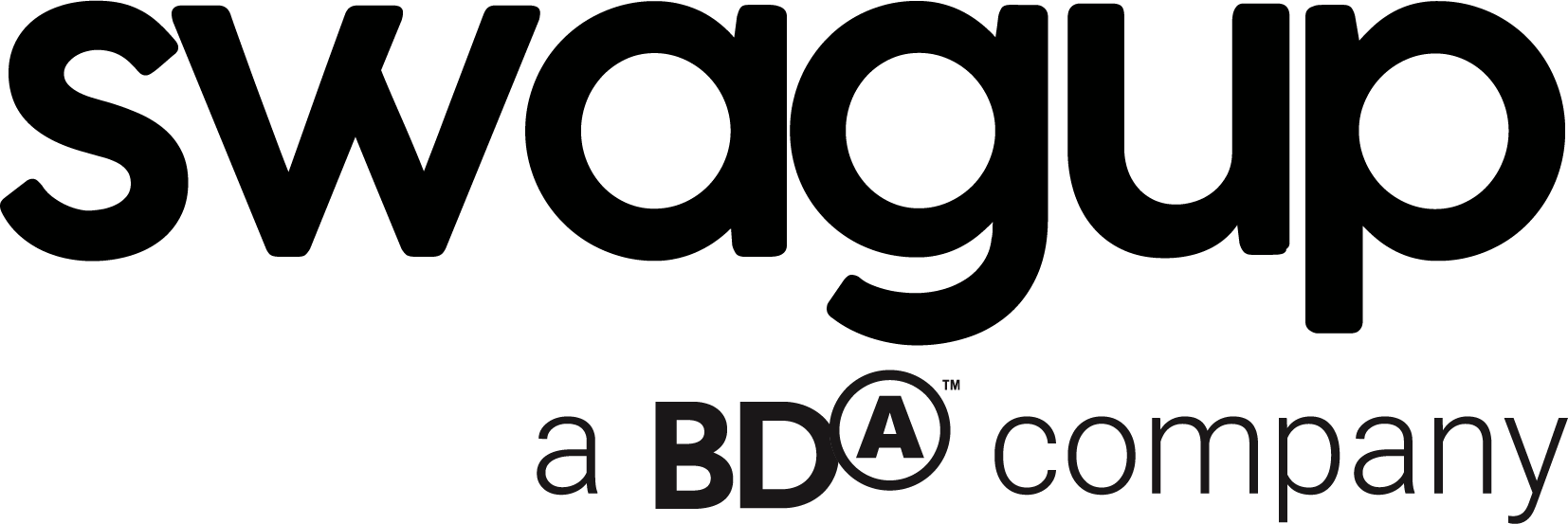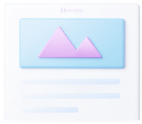Competition in e-commerce has increased over the past 5 years, and this trend will only continue. How can you increase brand awareness, expand your customer base, and improve the efficiency of your business?
In this article, we’ll go over five marketing tricks that will help solve these issues. I’ll talk about lead magnets, product traps, auto-target marketing, examples of their use, and tips on how blogging, messengers, and chatbots can increase your business’s profits.
5 Easy Marketing Tricks That Will Always Work
#1. Lead Magnet
A lead magnet is a free offer for customers that allows you to access a closed file or a unique service of your company with an e-mail or cell phone number subscription.
When you use a lead magnet, you get the phone number or e-mail address of a potential customer.
The main reasons to use a lead magnet:
- Expansion of your potential customer base.
- Free access to closed valuable materials for the client. Additional value for the customer.
- Competitive advantage over those who do not use this feature.
The most popular uses of lead magnets, for which you can get contacts of a potential client:
- instructions, checklists, chips;
- gifts, bonuses, coupons, discount on purchase;
- free testing, product trial or demo;
- fun quizzes (and sending the result of the quiz) to the client’s email.

Check out how to send lead magnet swag from home, and take things to the next level with SwagUp integrations including Zapier and Postal.io.
#2. The Product “Trap”
Unlike a lead magnet, which helps build a base of leads, a product trap already creates real customers who pay you money. On average, the cost of a product trap varies from $1 to $50, depending on the value of your key product, but most often it’s in the $1-5 range.
This chip is aimed at getting potential customers to become real customers, and give real profits. Sales are primarily psychology, and selling to those who have already paid you is easier than to those who have not yet done so.
Here’s an example from Samsung: “Take any of the latest phones for a “test drive” for $1 for a month, and if you don’t like it, you can return it.

There are several important rules to follow when creating a trap product:
- The product must be useful to the customer.
- The product must be in the same category as your core product.
- The product should only partially solve the customer’s problems, only your core product solves them completely.
- The cost of the product-trap must be such that the person is not hesitating to spend money.
My recommendations for creating a product-catch:
- Electronic format – solves logistics and time issues, created once and for all.
- Causes an impulsive desire to buy.
- The value of the product should be ten times the price.
- Quick and easy payment.
A few more examples to broaden the horizons:
- Hosting sells domain names for $1 to sell their core product in the future.
- Kit of materials: video, book, webinar recording.
- Do an analysis or audit for the client.
- Sell a trial or part of your core product to get a feel for the value.
Bring swag into the equation by setting up your own custom online swag shop, where it’s accessible to people all over the world 24/7.

Create your own Swag Sample Pack using our fan-favorite pack template >
#3. Company Blog
Whether you go with a vlog on YouTube or Instagram, or a more traditional content blog on your website, these days content is king. A blog is a great tool that contains dozens of benefits that, at the very least, will boost sales.
Website Blog
What features and value comes with a blog on a website:
- Case Studies and White Papers. Through articles, you can share your accomplishments and deliver new value in your field, thereby showing your expertise.
- Useful content. Find and uncover issues of interest to your potential customers. Each written blog article goes into the annals of the search engine index and guarantees you lifelong traffic from search (the amount depends on the quality of the content). Tip: Take those issues for which there are no good articles yet or very little competition in the search engines. You can see the competitiveness of the phrase in Serpstat – this is indicated by the indicator “complexity of the phrase.
YouTube (or other social media) Content
The benefits of having a company blog on YouTube:
- One video instead of a thousand words. In one video on your YouTube channel, you can give answers to all the questions your audience is interested in.
- Backstage. You share your inner processes, people are interested.
- Testimonials. When we see a testimonial of a real person from a real company, it starts to gain deeper meaning and audience loyalty.
#4. Messengers & Chatbots
With each passing day, this trend is gaining more and more momentum. Every brand, large or medium-sized business already has its own channel in the messenger. Today no one is surprised that companies have a telegram community, bot or channel. However, only a few can boast of good quality content and chatbots.
WhatsApp, Telegram and other messengers are necessarily going to bring people together with different interests, areas of life and more. However, messengers have now become more than just a means for a group of people to communicate, they have come to include many other functions.
The functions of messengers are:
- newsletter, promotions, company articles;
- support-department in the form of a bot or semi-bot;
- transfer and storage of files, photos and videos;
- substitute for a browser – web browsing;
- personal profile with photos and personal data;
- automatic sales through a bot, and much more.
In essence, it all comes down to one thing: bringing everything people actively use into one place.
Pay special attention to bots. They are still in their early stages of development, but already millions of people stop visiting, for example, weather forecast sites, financial sites to view exchange rates or news sites, etc.
#5. Marketing Autofunnels
An autotunnel is a series of pre-prepared and automated processes for your customers.
Simply put, an auto-funnel allows you to sell a product or service to your client automatically through emails, SMS, social networks, etc. It’s because of this feature that the infobusiness has made a big leap forward in the last few years.
Unfortunately or fortunately, e-commerce makes little use of this feature so far, but it definitely has a future.
Let me explain how it works on the example of one autofunnel.
Let us imagine:
You manufacture and sell kitchens. You have received a lead from a potential client, you have had contact with him. At this point, he’s thinking about it, looking at other contractors, choosing.
At the last stage, the potential client chooses the companies that performed best. For example: who answered the phone right away, how quickly he answered, etc. Selection criteria can be many: time, service, responsibility, price, etc.
An example of a super-simple and simplified auto-funnel:
Day 1
Email: “Hello, my name is Steve and I’m your personal manager from KitchenFitchen, we talked to you yesterday about the kitchen in your new apartment. Just want you to know, if you have any questions contact me, I’ll be happy to help you!”
Facebook/Instagram: plugs an ad on a potential client. Example:
- Advertising for your brand (the goal: to be remembered in the customer’s mind).
- Advertising your kitchens. Perhaps even the ones the client was interested in.
Day 2
Direct mail: share a relevant article, like “How to choose the right kitchen for your new apartment and not make the 5 mistakes 90% of people make?” In the letter, you should sell your expertise, offer to help the client.
Day 3
- Follow-up: call the client, find out how he’s doing, what stage he’s at, and what difficulties he encountered. Remind them about yourself.
- Email: “How we did and installed 10 kitchens last month and made our customers happy!” In the letter, offer a free kitchen walk-through and measurements.
- Facebook/Instagram: advertise customer video testimonials about your company.
Day 4
- SMS: “You received a 10% discount for three days for any purchase at our furniture store.”
- Facebook/Instagram: ads, with notice of the 10% discount and its expiration date.
- Facebook/Instagram: backstage video ad about how you made one particular kitchen from measurement to finished install.
Day 5
- WhatsApp/Telegram/Facebook messenger message: “You know we have 6 months installment payments with no fees or interest. But during this week we’re ready to offer you a 12-month installment plan on the same terms.”
I have given a simple and standard option, because a quality auto funnel is built for a long period of time, taking into account the portrait and type of potential client. Different branches of the funnel are created, depending on whether the email was opened or not, whether the potential client picked up the phone or dropped it, etc.
You can use the AmoCRM service (digital auto-funnels) to implement auto-funnels.
Conclusion
To increase sales efficiency, automate your business and increase the number of customers, use five always-relevant marketing tricks:
- Lead magnet. It should be used to create a contact base of potential customers.
- Product “trap”. Aimed at making potential customers real, and generating real profits.
- Company blog. This will increase the popularity of your website, attract more potential customers and set you apart from your competitors.
- Messengers and chatbots. These help you automate ordering and allow you to collect a database of customers.
- Marketing autofunnels. Speed up the reception and processing of orders.
About the Author
Rebecca Carter works at StudyEssay.org as an essay writer. She has a Bachelor’s Degree in Marketing and during her study developed an enthusiasm for writing articles about the latest trends in business and digital marketing. When she is not writing, Rebecca enjoys being in the mountains, gym, and volunteering.





